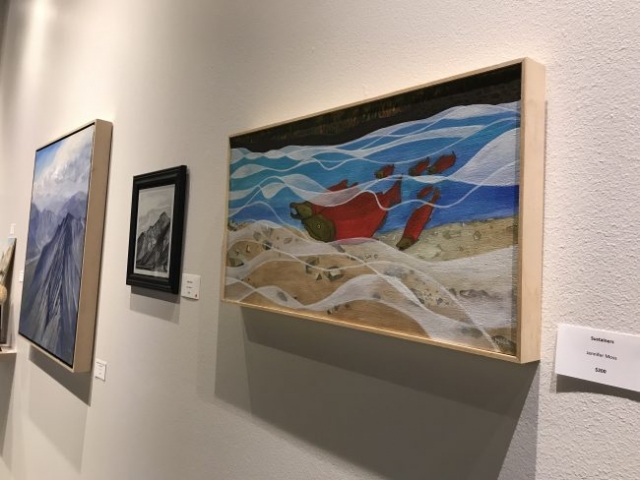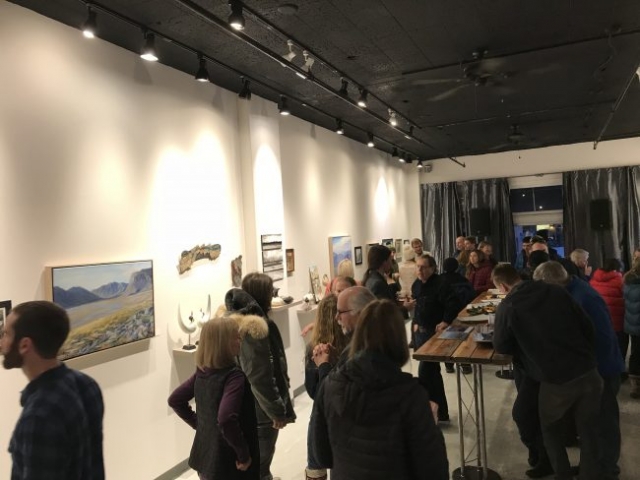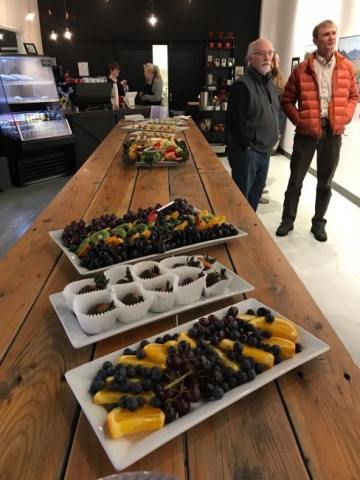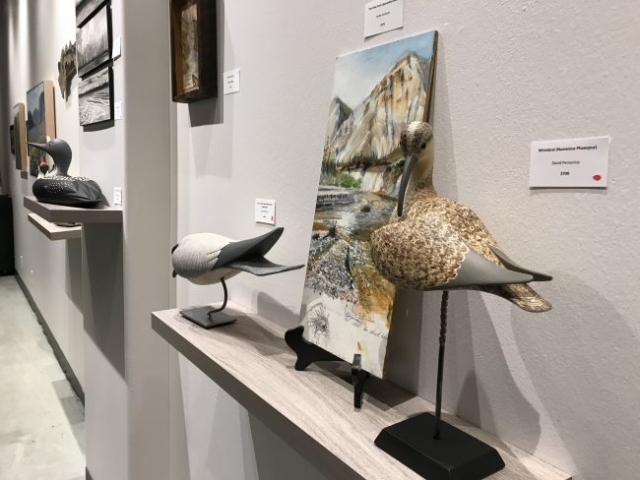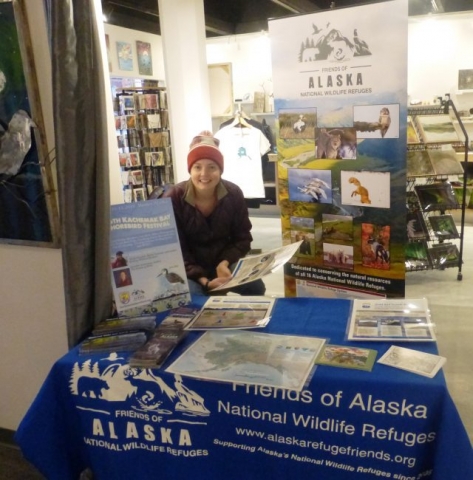By: Dan Musgrove; Soldotna, Alaska
In March of 2022 I joined Ralph Kiehl along with Ranger Tim Lorenzini of the Tetlin National Wildlife Refuge for the purpose of maintaining remote cabins on the refuge. Over a one week period the work involved cutting firewood, repairing a cabin porch, inventorying cabin supplies, hauling propane and a generator and taking snow depths for biologists. The fun involved meeting new people, seeing a refuge I had not been to, ice fishing, snow machining and sharing meals.
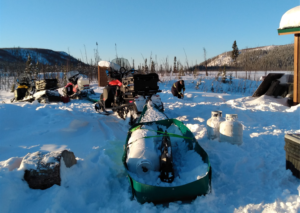
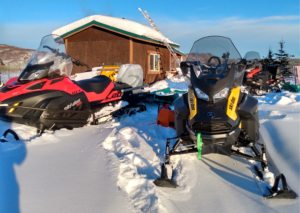
Stuver Lake Cabin jhkhhhhhh Jatahmund Cabin
Once in Tok, Ralph and I attended a snow machine safety class, gathered gear for the trip and enjoyed eating at Fast Eddies, the one restaurant in town. Our destination for this project was approximately 80 miles towards the Canadian border, with our first stop for staging at the Seaton Roadhouse. Once the snow machines were unloaded and packed we proceeded along for another 25 miles, stopping along the way to take snow depth measurements that would help the biologists.
The first cabin we reached was the Stuver Lake Cabin with a stunning lake view. After two days at this cabin shoveling snow, cutting wood and making repairs we headed another 15 miles to Jatahmund Lake Cabin where we spent another 2 days. We were greeted with the sight of 15 caribou on the lake. At this cabin in addition to cutting wood, shoveling snow off roof structures, our repairs included building a new toilet seat for the outhouse!
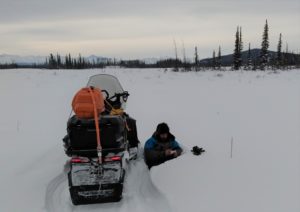

Tim measuring snow depth. hhkkkkkkkkkkkhjkk Repairing Stuver Lake cabin porch floor.
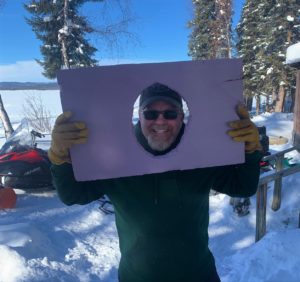
Other duties as assigned. Dan builds an outhouse seat.
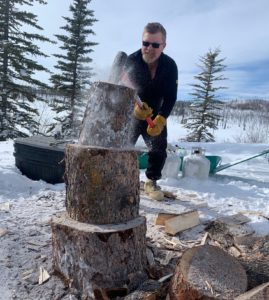
Dan was a wood-splitting machine.
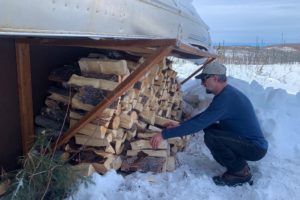
Ralph stacking wood.
Jatahmund Cabin provided amazing mountain views, sunsets, and daily sightings of caribou near the cabin. The ice fishing here was incredibly fun! Maybe a few fish tales to tell!
Ranger Tim kept Ralph and me well-fed throughout the trip, cooking was done inside the cabins on propane stoves. Gathering clean snow for drinking and cooking was a daily occurrence.

Tim and Jahtumend Lake pike.
My favorite part of this volunteer opportunity was seeing new country and sharing in the work of maintaining a refuge. Volunteering with the Refuge was gratifying and satisfying. I highly recommend volunteering if an opportunity comes your way.
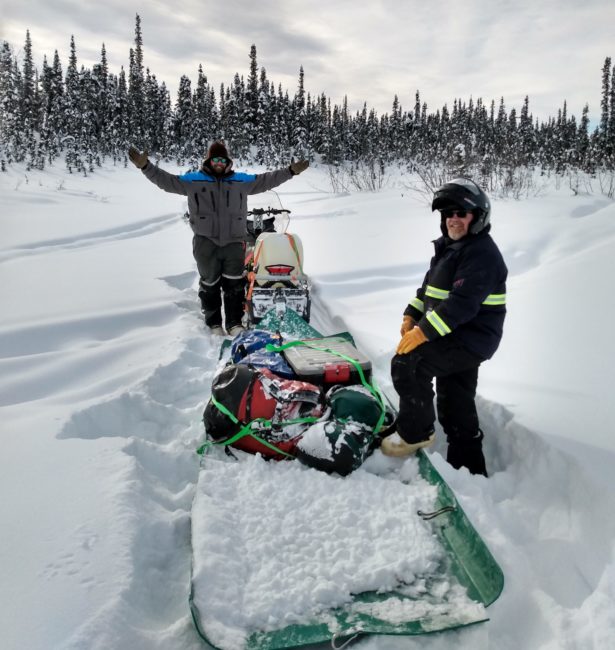

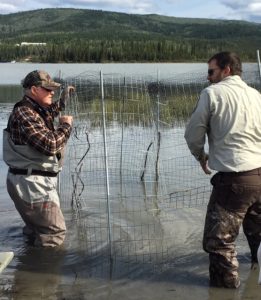

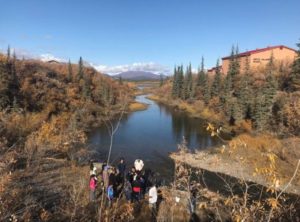
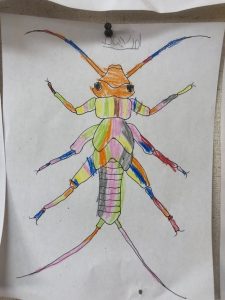
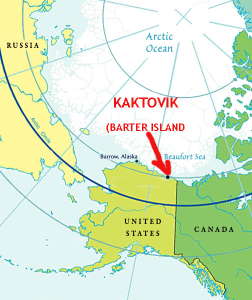
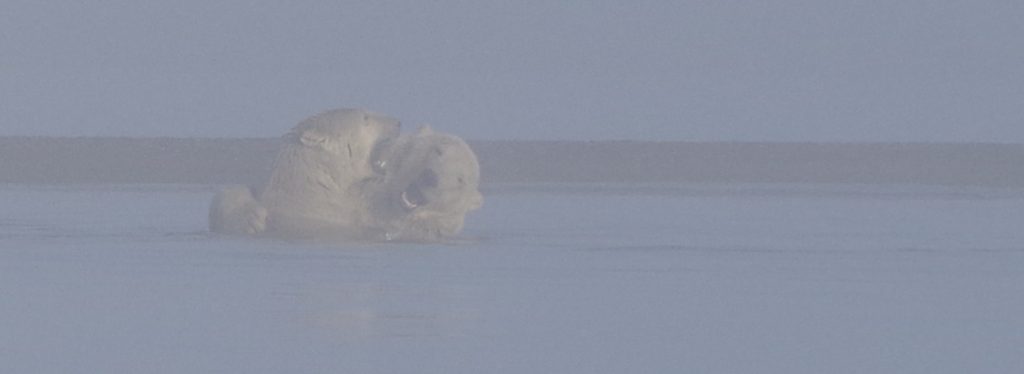

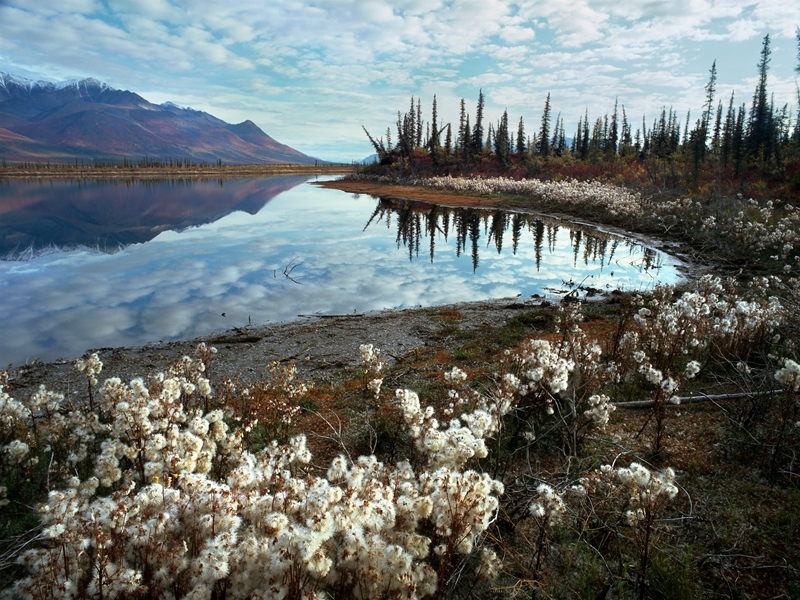
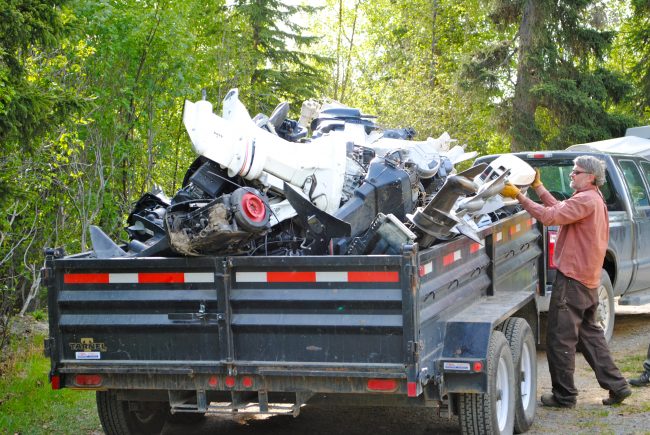
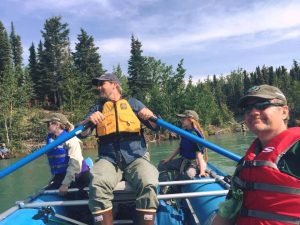 Event begins Friday evening with a potluck and music in the Sportsmen Landing/Russian River Ferry campground. After a continental breakfast Saturday morning, teams will either float the river cleaning beaches or clean around the landing, campgrounds and parking areas. The Kenai Refuge will bring at least one raft to take Friends downriver to clean refuge beaches. That evening the Alaska Fly Fishers will put on a free BBQ for all participants with prizes! Sunday at 10, Friends will sponsor a hike on the Hidden Creek Trail off Skilak Lake Road.
Event begins Friday evening with a potluck and music in the Sportsmen Landing/Russian River Ferry campground. After a continental breakfast Saturday morning, teams will either float the river cleaning beaches or clean around the landing, campgrounds and parking areas. The Kenai Refuge will bring at least one raft to take Friends downriver to clean refuge beaches. That evening the Alaska Fly Fishers will put on a free BBQ for all participants with prizes! Sunday at 10, Friends will sponsor a hike on the Hidden Creek Trail off Skilak Lake Road. 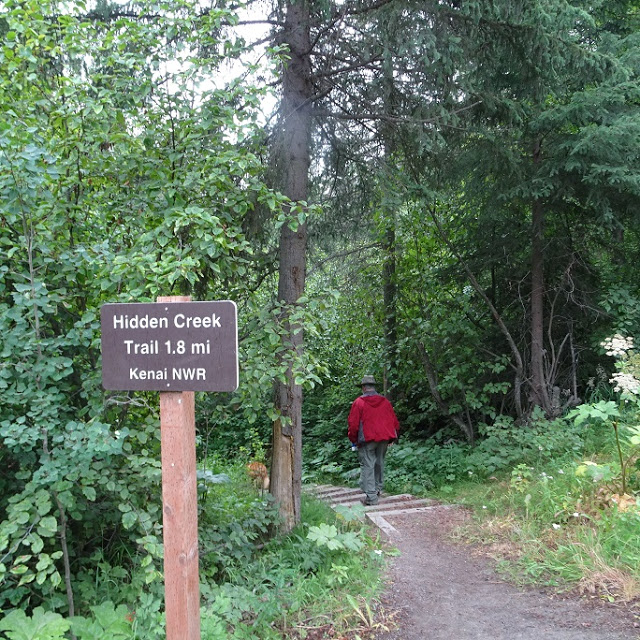

 Kanuti National Wildlife Refuge’s
Kanuti National Wildlife Refuge’s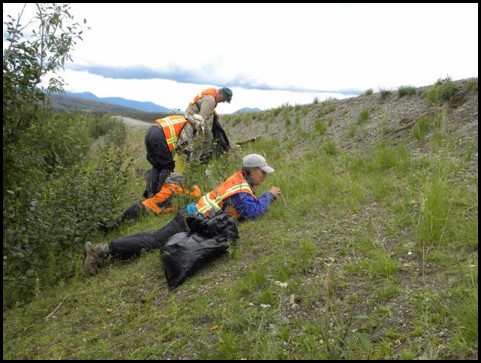 During the 14 years volunteers signed on to work outside along the highway removing white sweet clover and bird vetch for long hours in dirty, dusty, hot or cold, wet or dry, occasionally smoky, and frequently buggy conditions, sleeping in dry cabins, going without showers. Many returned to do it all again as the benefits were tremendous, primarily having the experience of just being up there. There were opportunities for berrying, wildlife viewing, fishing, cooling off in the rivers, hiking, traveling to the grandeur of Atigun Pass, visiting Wiseman, Galbraith Lake, and Toolik Lake, and spending time in the Arctic Interagency Visitor Center (AIVC) chatting to Haul Road tourists about refuges.
During the 14 years volunteers signed on to work outside along the highway removing white sweet clover and bird vetch for long hours in dirty, dusty, hot or cold, wet or dry, occasionally smoky, and frequently buggy conditions, sleeping in dry cabins, going without showers. Many returned to do it all again as the benefits were tremendous, primarily having the experience of just being up there. There were opportunities for berrying, wildlife viewing, fishing, cooling off in the rivers, hiking, traveling to the grandeur of Atigun Pass, visiting Wiseman, Galbraith Lake, and Toolik Lake, and spending time in the Arctic Interagency Visitor Center (AIVC) chatting to Haul Road tourists about refuges.

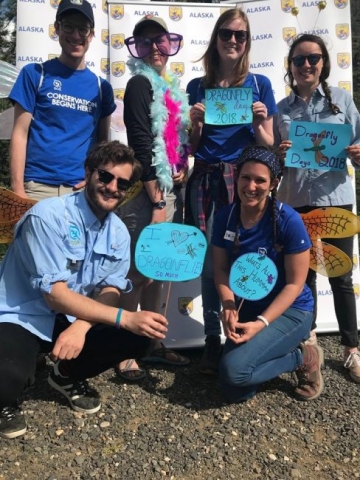


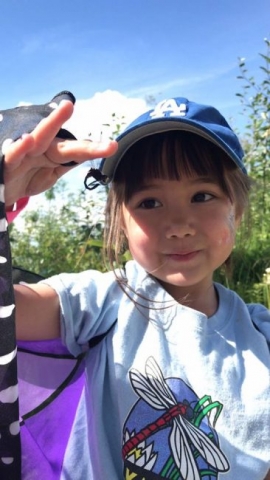


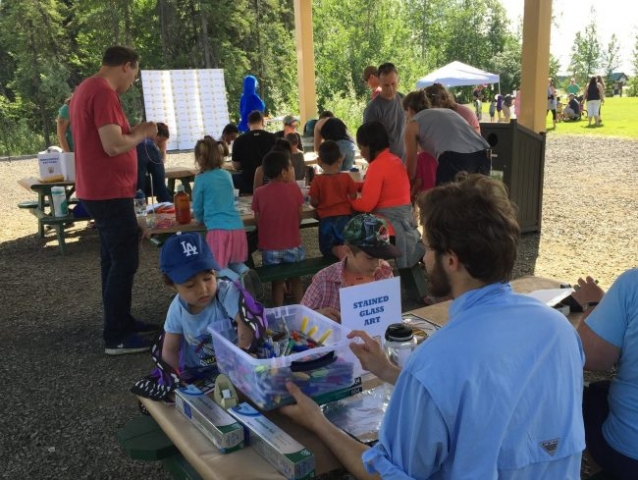
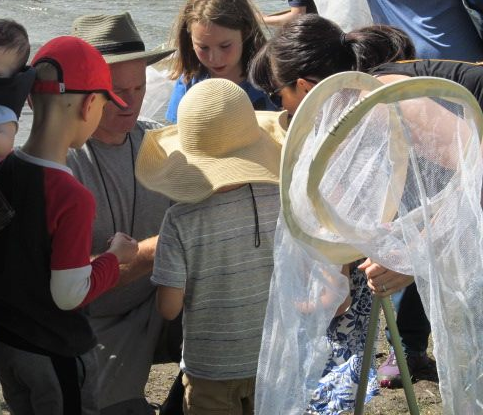

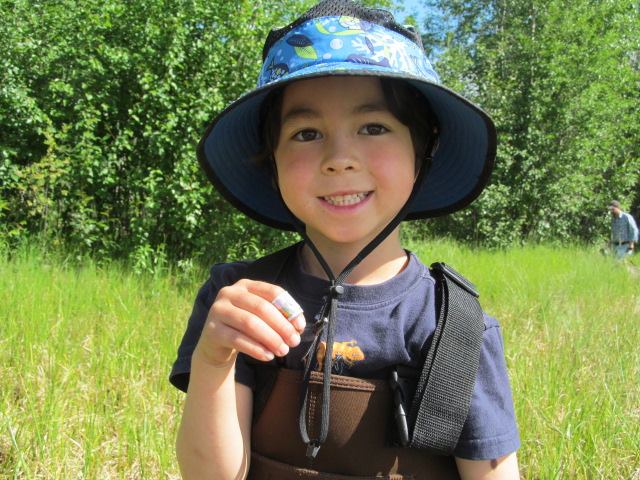
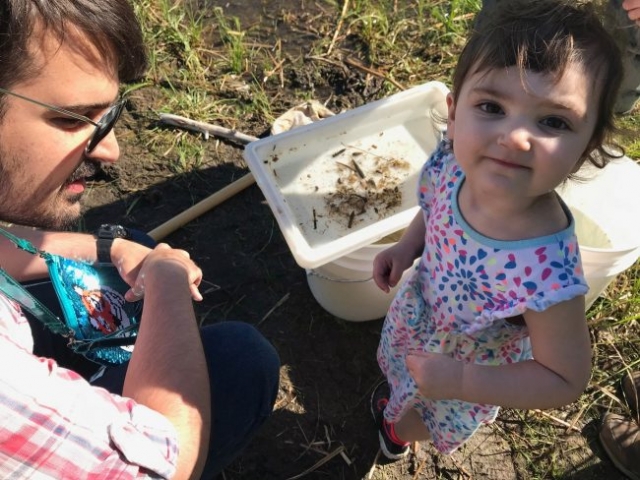


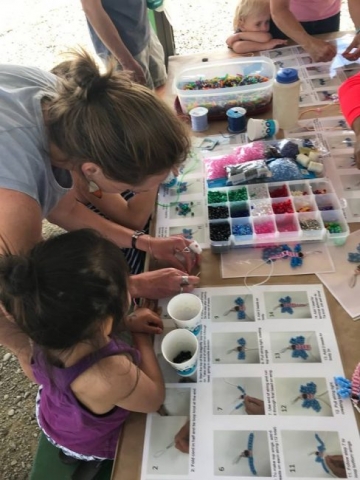


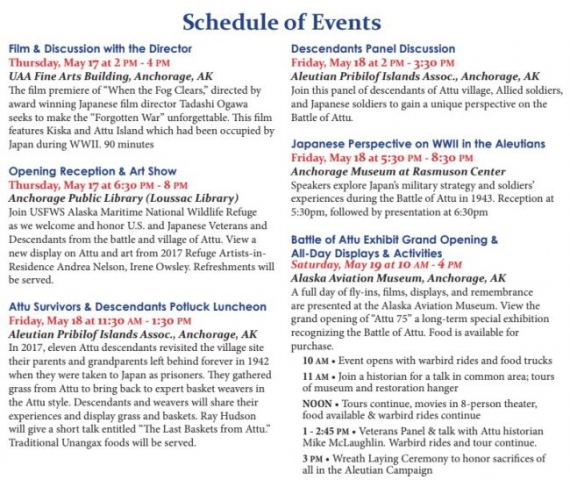
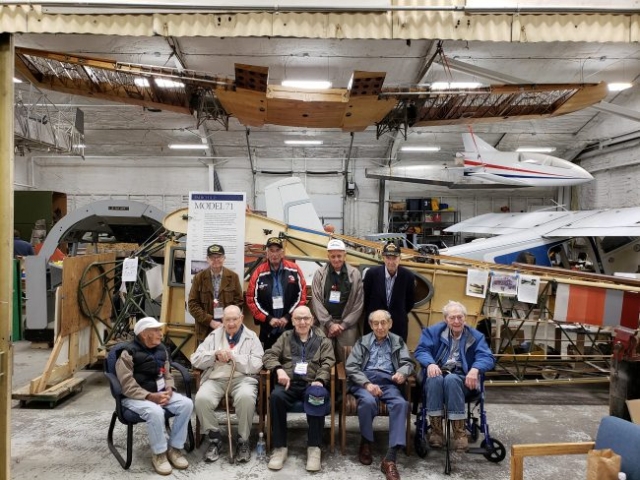



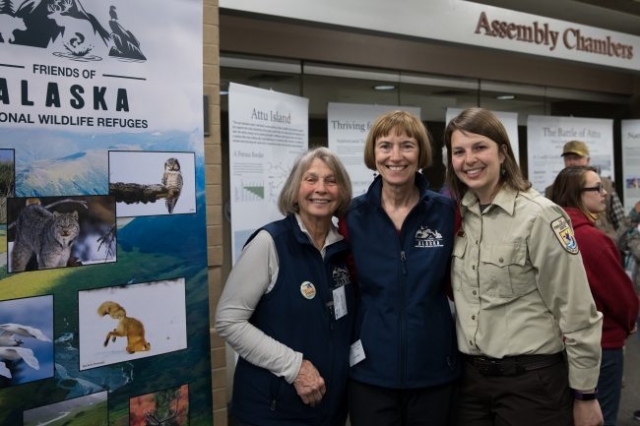
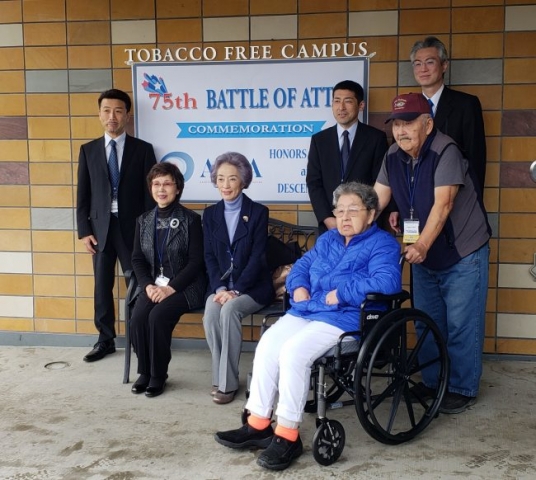
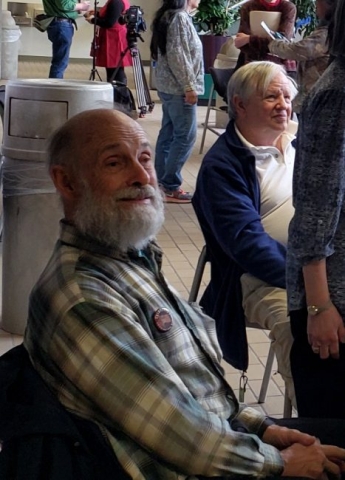
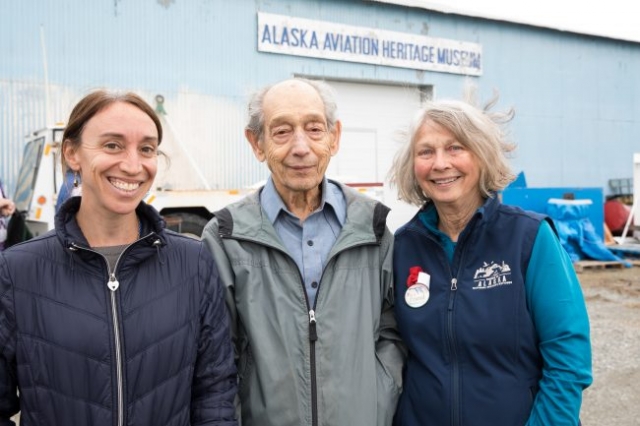
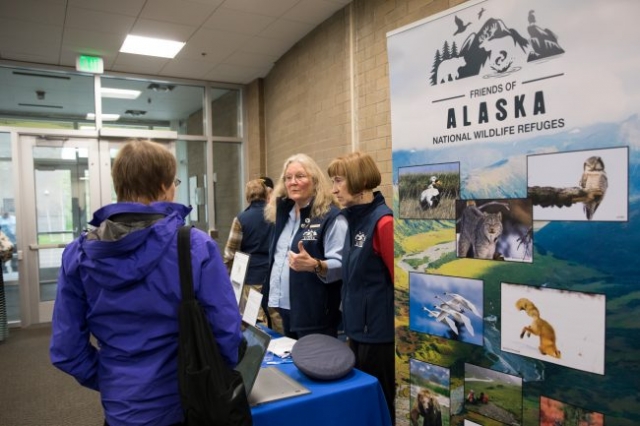

 The 3rd annual Art in the Arctic show was held on March 8, 2018 at VENUE. Seven local artists were featured including Randall Compton, Lindsey Copelin, Sandy Jamieson, Lynn Larsen, Klara Maisch, Jennifer Moss, and David Personius. In celebration of the 50th Anniversary of the Wild and Scenic Rivers Act, this year’s show connected the public with the significance and history of Wild and Scenic River designation, especially within national wildlife refuges in Alaska. Artwork will remain on exhibit until the end of March.
The 3rd annual Art in the Arctic show was held on March 8, 2018 at VENUE. Seven local artists were featured including Randall Compton, Lindsey Copelin, Sandy Jamieson, Lynn Larsen, Klara Maisch, Jennifer Moss, and David Personius. In celebration of the 50th Anniversary of the Wild and Scenic Rivers Act, this year’s show connected the public with the significance and history of Wild and Scenic River designation, especially within national wildlife refuges in Alaska. Artwork will remain on exhibit until the end of March. 